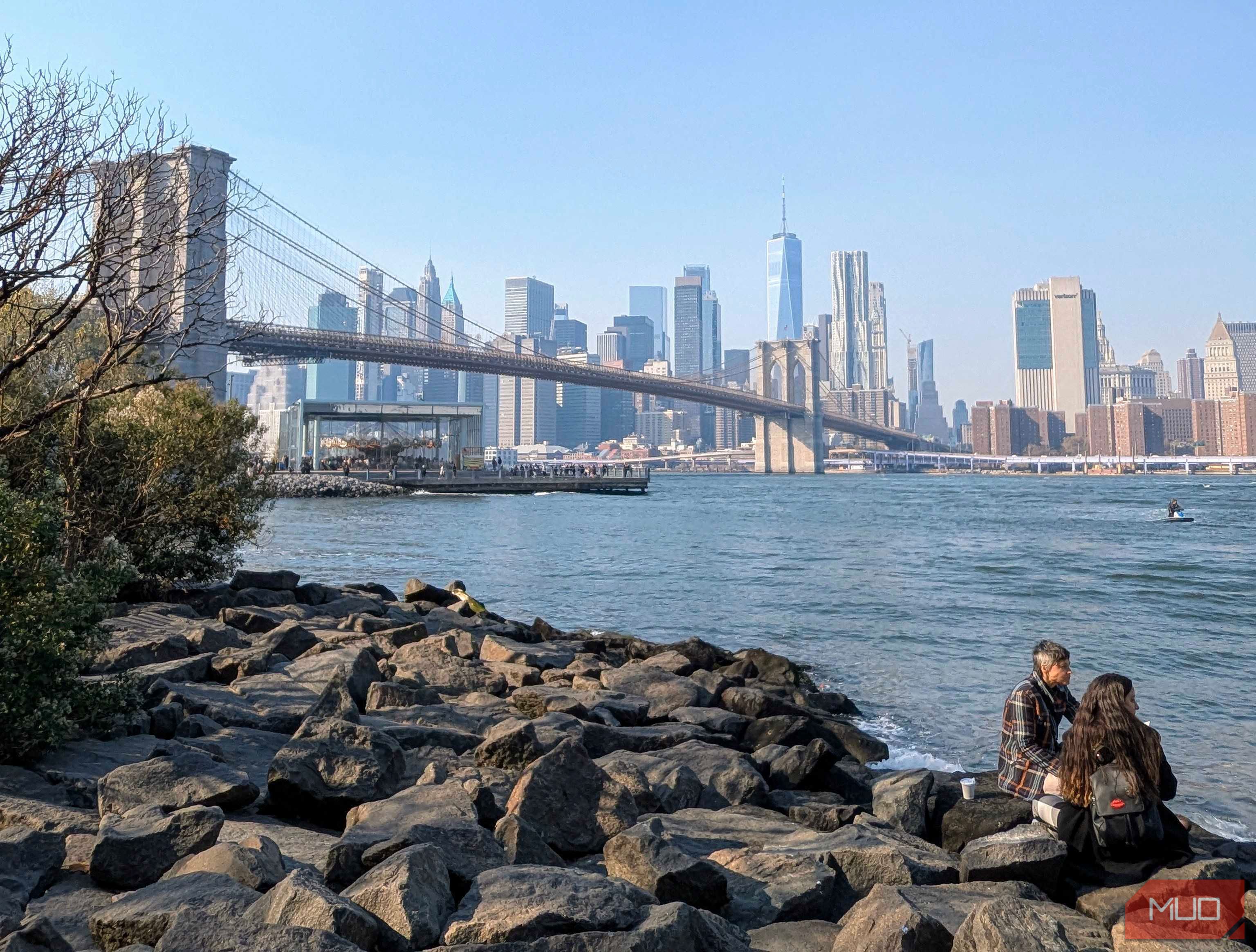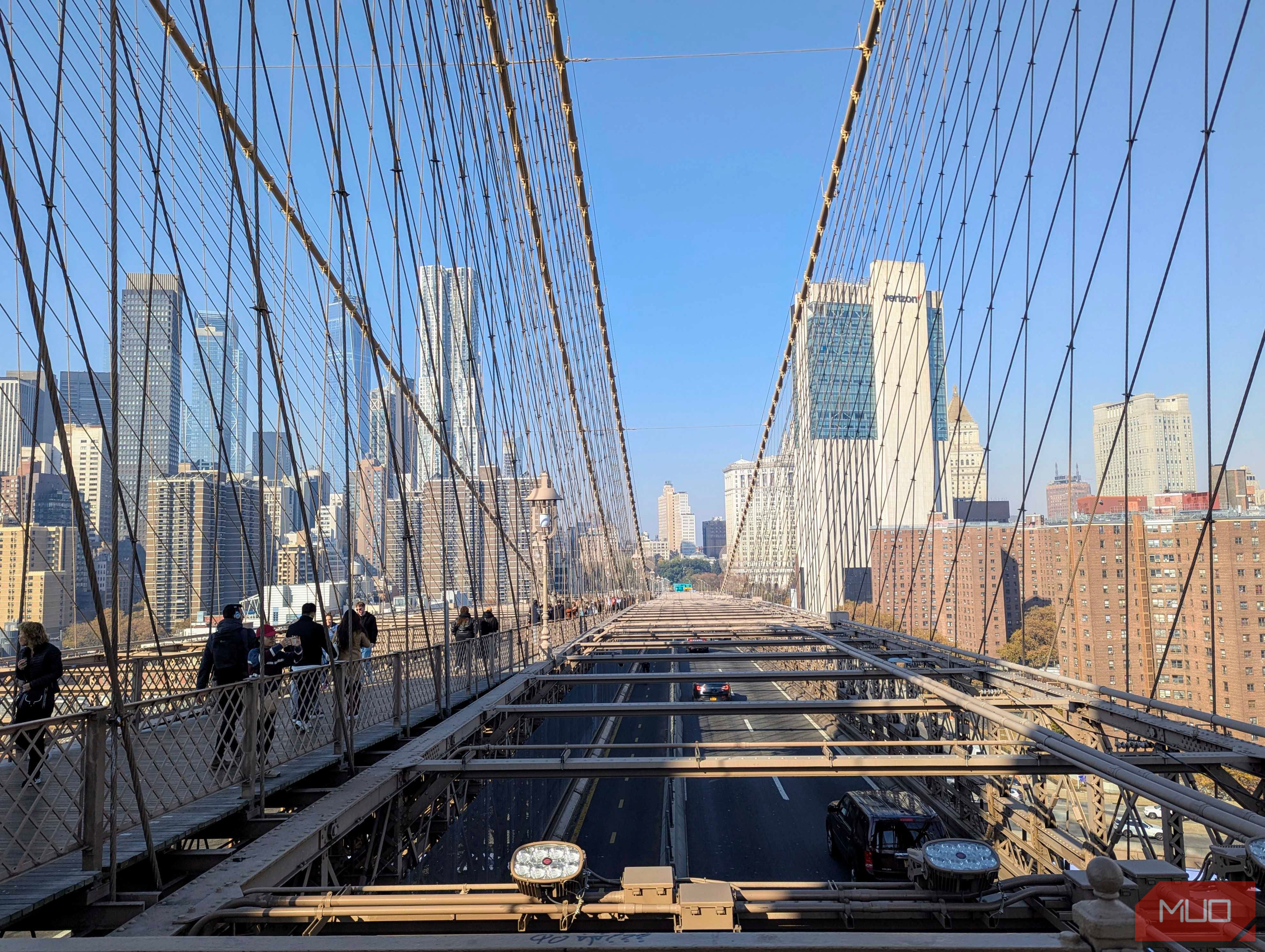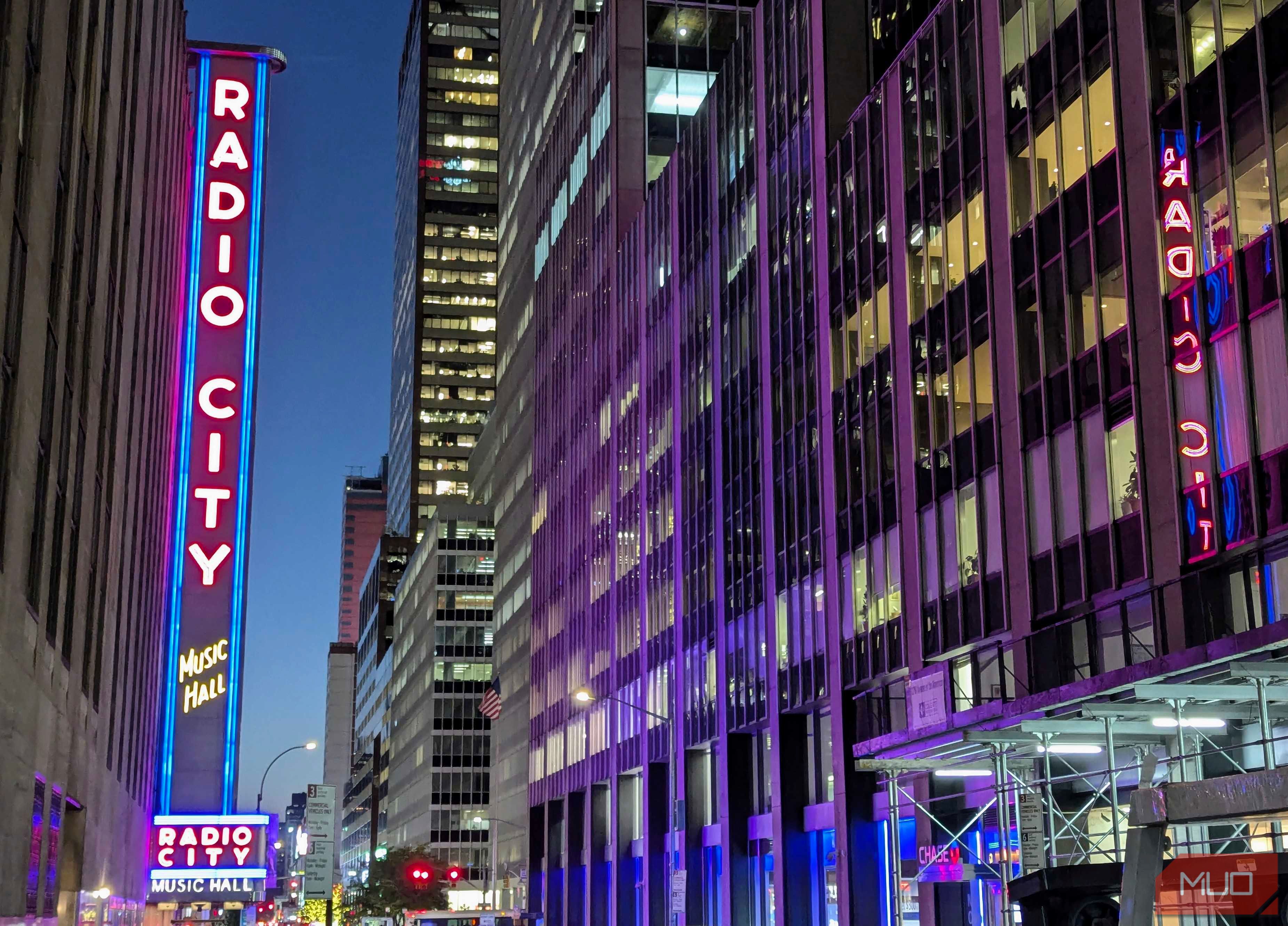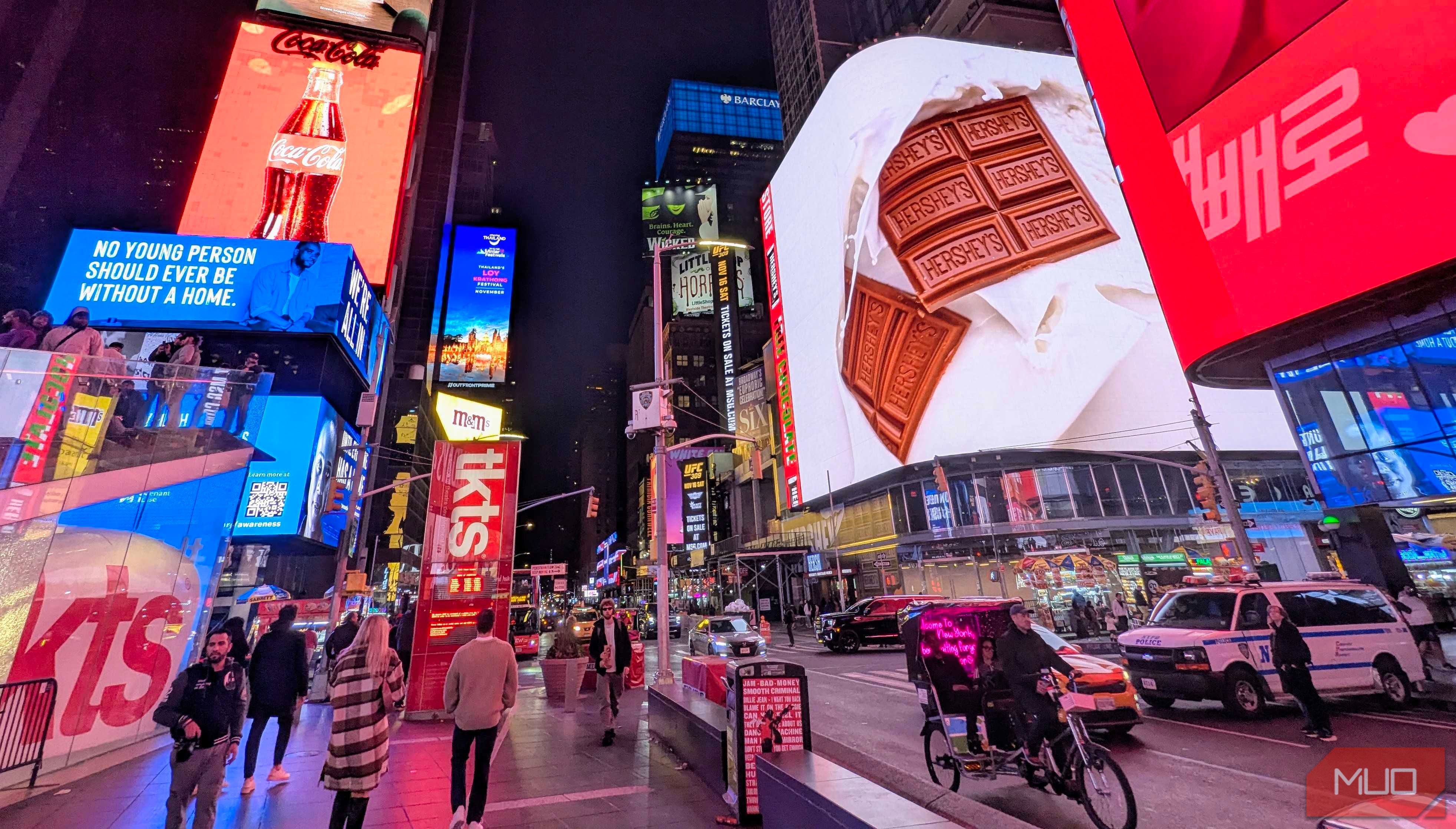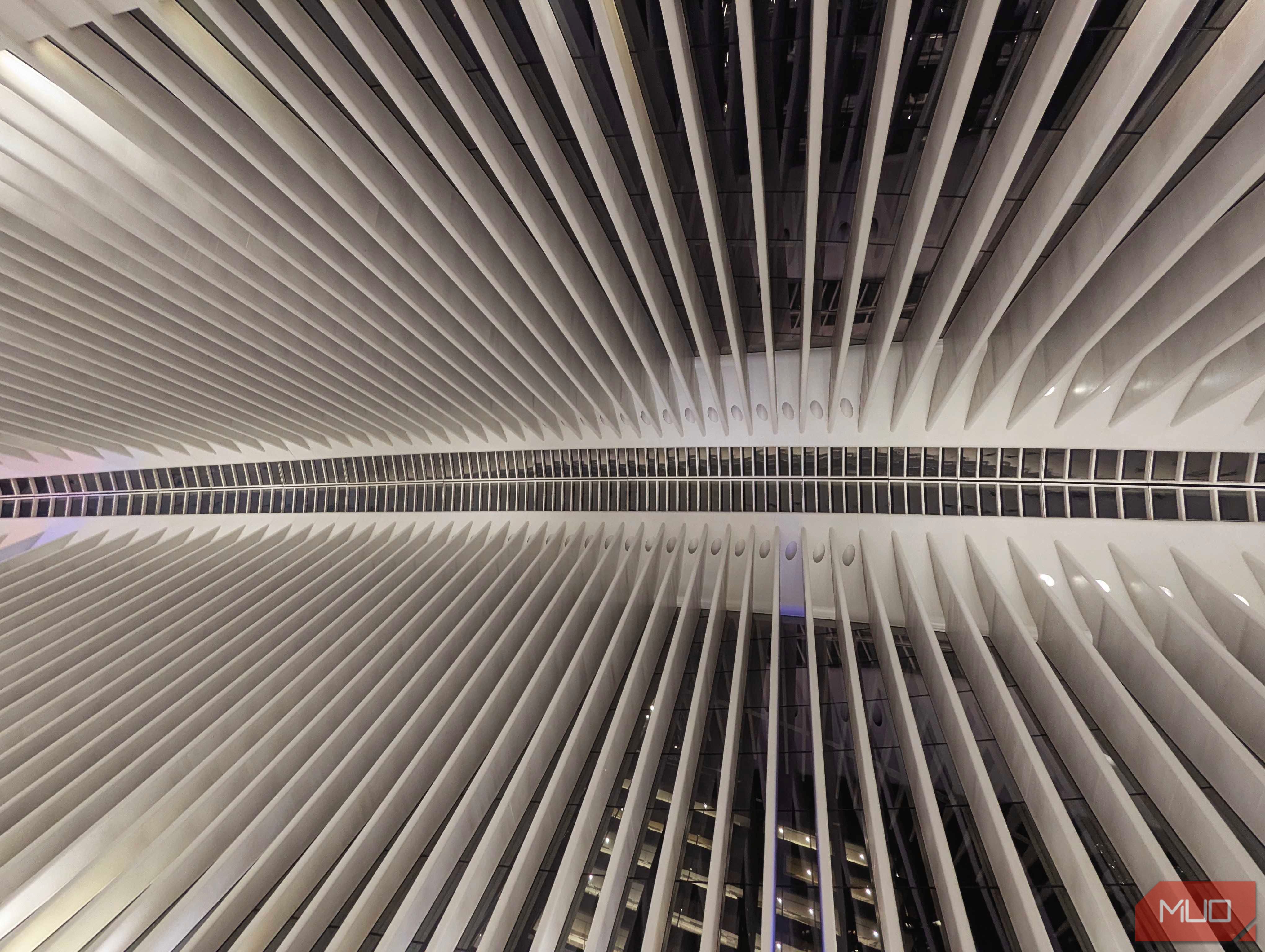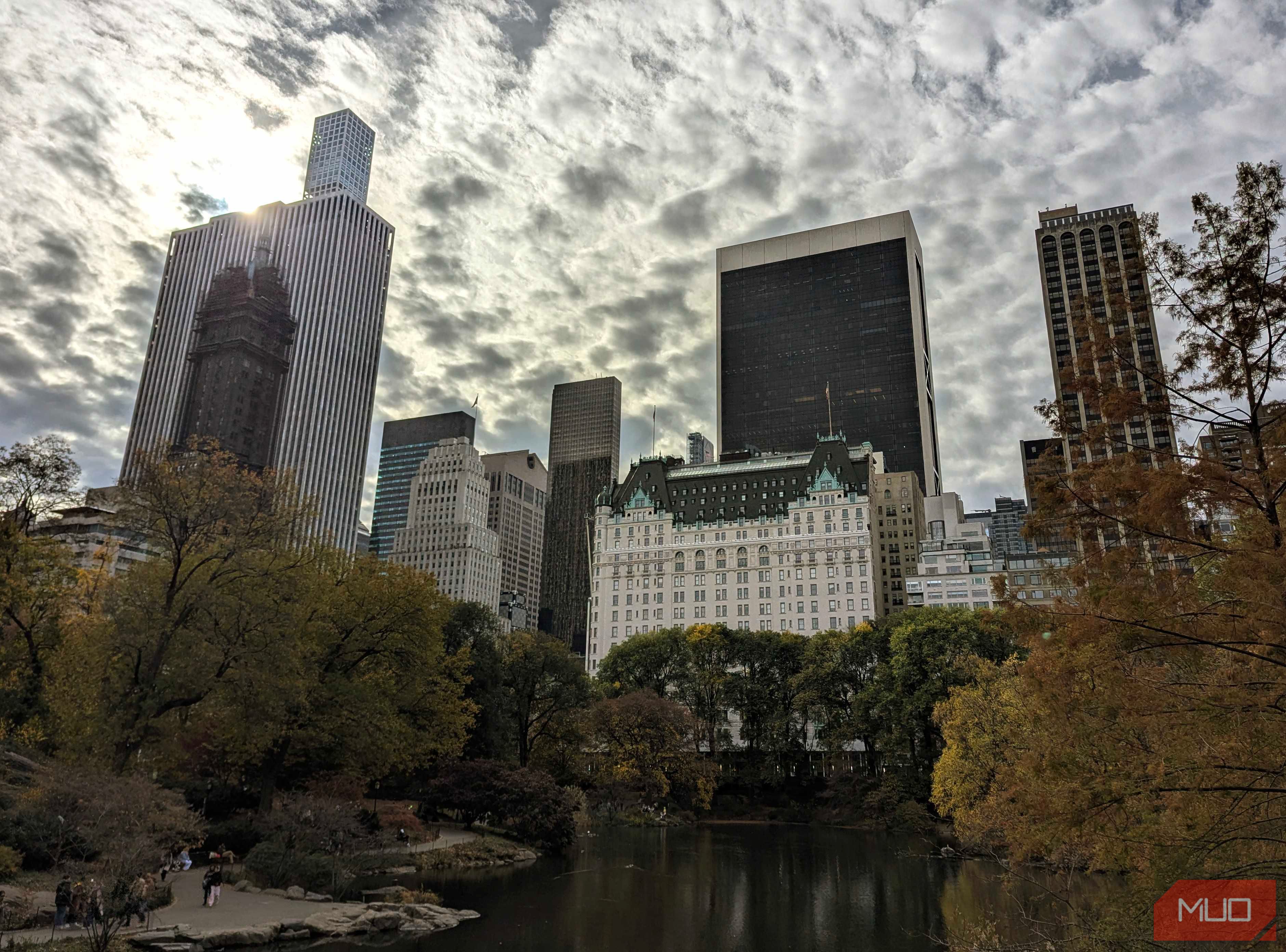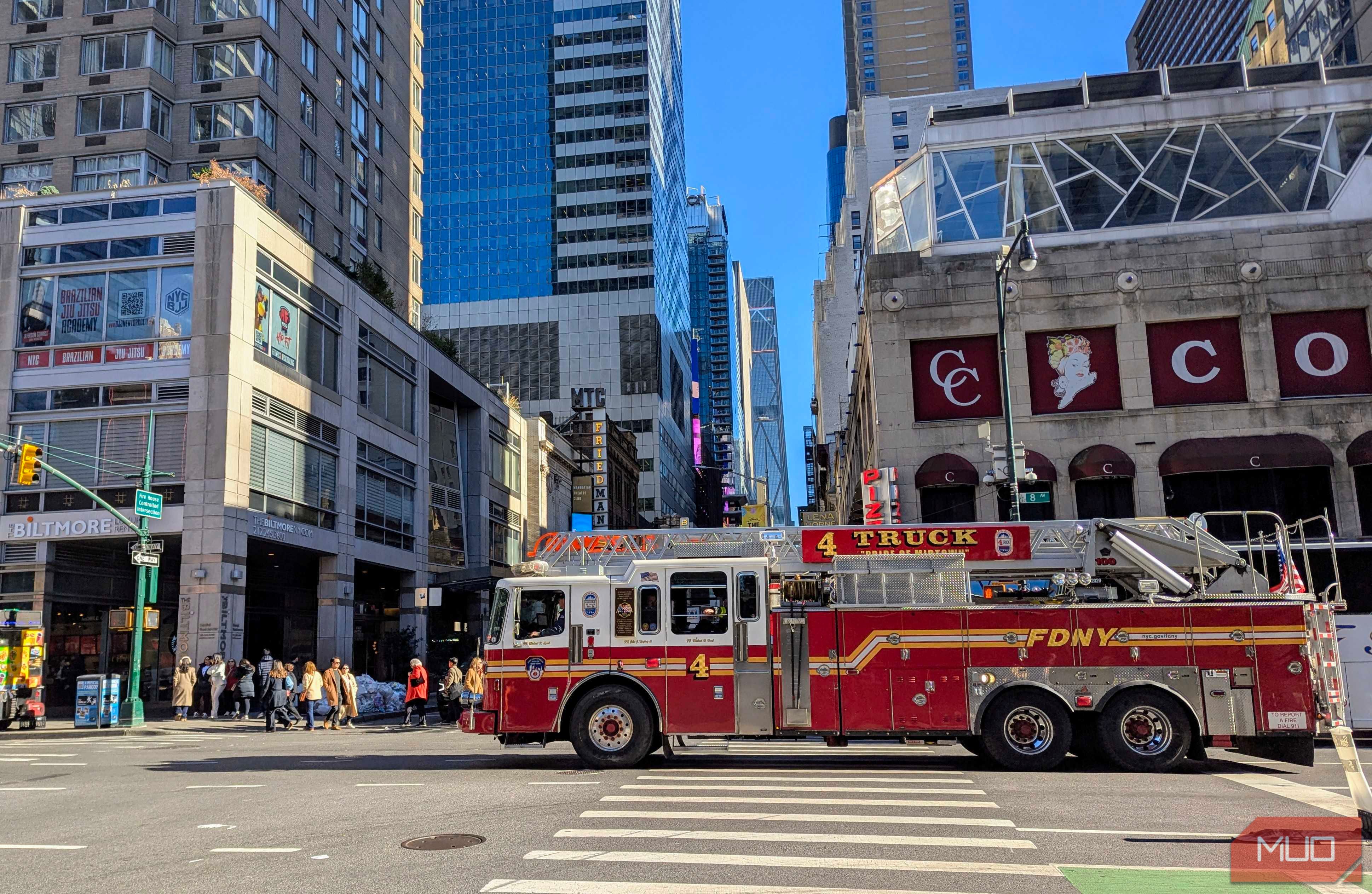Visiting a big city can be an awesome experience. The size and scale of the place can be overwhelming, and the number of people can make you feel like an ant in a colony. However, big cities also represent a great opportunity to shoot photos unlike any other you’ll shoot. That is, as long as you follow some golden rules.
I recently spent a week in New York City, staying in Manhattan, and venturing out to a couple of other boroughs. I took hundreds of photos during my time there, and in doing so, learned how to shoot better city photography. Here’s what I learned, along with examples showing how each tip improved the shots I was taking.
1 Use Zoom Selectively to Capture the Scale of a City
It’s almost impossible to fully capture the size and scale of a city in a photograph. Short of flying a drone in the air, or taking a boat ride out to sea, you simply cannot squeeze the vastness of a city into one photo. However, by picking the correct place to shoot from, and using zoom selectively, you can at least try to give people a sense of the size and scale of a city.
In the example above, I made the trip from Manhattan to Brooklyn in order to shoot back across to Manhattan. But while the obvious choice would have been a shot just showing the skyscrapers reaching up into the air, I captured other elements in the foreground and beyond in order to better convey the size and scale of the place. The unknown couple sitting on the rocks helped too.
2 Use Leading Lines Such as Rivers, Roads, Bridges, and Buildings
Part of shooting in a big city is helping the people viewing your photos make sense of what they’re seeing. And this is where leading lines prove their worth. There are likely to be lots of leading lines to choose from, including rivers, roads, bridges, and buildings. All of which can help draw the viewer into the heart of the city.
In this example, I’m standing on the Brooklyn Bridge looking back at Manhattan. And I’m using the bridge itself to draw the eye. Everything on the bridge is pointing in one direction, and the people walking towards Manhattan and cars driving towards Manhattan should help cement the idea in viewers’ minds that the city in the background is the subject of the photo.
3 Make the Most of the Abundance of Reflective Objects Around You
Just like leading lines, most cities will boast lots of reflective surfaces that you, the photographer, can and should make use of. Reflections can add interest to even the most boring subjects. The reflection of a square box of a building is more interesting than the building itself, for example.
For New York specifically, I had the vast walls of windows on every skyscraper to choose from, as well as the bodies of water that surround Manhattan. So I captured this shot of the Radio City Music Hall sign reflecting on the windows of the building opposite just as the sun was setting. The neon lights mean a whole block is bathed in a purple hue.
4 Create Dynamic Motion to Reflect the Busy-ness of City Life
The biggest cities contain millions of people, who all work, live, and play in the city you’re likely just visiting. And the best way of reflecting the busy-ness of a big city is showing people moving in some way, which can create the feeling of movement in viewers’ minds. Even an individual moving in a committed manner can manage this.
I shot several photos with the need to show the hectic nature of city life in mind, and this is my favorite. While it doesn’t have the motion blur of a taxi going past (as I also captured), it shows people in motion in a number of different ways in Times Square. The only stationery objects being the advertising billboards.
5 Try to Shoot From Angles and Perspectives Others Have Not
Big cities attract people. Lots of people. Which is why they’re cities in the first place, and why you’re probably visiting them as a tourist. Unfortunately, this means that most things within those cities will have been photographed numerous times, and from all different angles. So, it’s on you to find the unique perspective no one else has spotted.
I’m sure countless others have taken the same shot as I’ve used here as an example. It shows the ceiling of the Oculus shopping center, a crazily shaped building that will look good in photos from every angle. But most visitors will not take this shot, meaning I’ve bagged at least an unusual angle of a well-known local landmark.
6 Apply Filters and Edit Appropriately to Set a Mood
Taking great smartphone photos of big cities doesn’t end when you get home. In fact, some clever editing on your phone can mean elevating your photos from the ordinary to the extraordinary. Using filters and other editing tools, you can set a mood, either for your whole album of shots, or for particular shots that need a lift.
In this example, I took a rather ordinary shot of some buildings (including the Plaza Hotel) at the edge of Central Park, and elevated the shot with some cropping and a filter. It was a cloudy day, and the sun was just peeking out over the building to the left. Which prompted me to apply a filter boosting that autumn-going-into-winter feel.
7 Always Be Ready to Shoot, and Expect the Unexpected
There are plenty of reasons why you no longer need a dedicated camera, but the best thing about smartphone photography is that you’ve always got your phone with you. Which means that you’re ready to shoot at any time, as and when something interesting appears. And these moments are more likely in a big city than anywhere else.
This isn’t a great shot of New York, but it captures on camera an FDNY fire truck driving through the city. And this is the only time on my vacation that I saw this happen. The truck pulled up at the lights, giving me time to get my phone out, frame the shot a little, and shoot. And if I never make it back to New York, I have this picture to look back on.
As you can see above, there are some simple-yet-effective tips to follow to capture the heart and soul of a big city. While I personally put these to good use while in New York, they can be applied when shooting in any big city. While not all cities have New York’s skyscrapers of glass and metal, they all have a vastness that can be difficult to capture.


